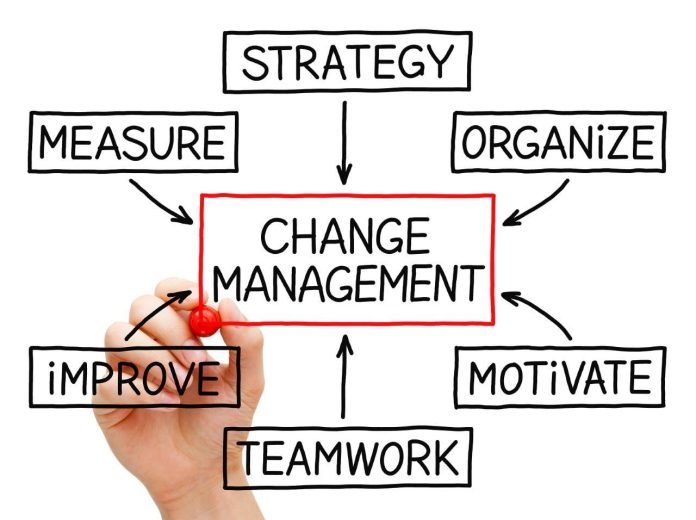CASTING your eye over an electronic security industry under pressure from changing user expectations, from changing manufacturing techniques, from changing routes to market, it’s easy to decide our business is under threat. There is some truth to this perception but it’s by no means the whole story. Fact is, there’s plenty to look forward to.
It’s certainly been an interesting 12 months. During the year we’ve watched Australia’s largest and most successful electronic security company begin to undertake a process of reinvention, seeking to streamline and reposition itself with a greater online presence and a sleeker backend. And we’ve watched as the previous year’s cutting edge technologies have become widespread, faster. We’ve also seen ongoing pressure on margins, a pressure I don’t think is going to go away any time soon.
But one thing should never be forgotten. The underlying fundamentals of the electronic security business have not changed. Our systems and technologies must still detect and report intrusion events, facilitate authorised access and monitor and record scenes in real time in any conditions. Undertaking these tasks reliably, securely and with optimum levels of performance and control is a lot harder than it seems.
More telling still, many users are demanding high levels of integration between access control, intrusion detection and video surveillance systems, as well asking for integration with core electrical and automation systems. Bringing entire buildings together on a single workstation is not easy, nor is it the sort of solution that can be ordered online and delivered overnight by courier.
There’s something else afoot, too. The other day a citizen called the SEN office looking for an alarm panel that integrated ‘proper’ video surveillance cameras. Aside from solutions like S2’s nifty Quattro and Honeywell’s AXS-123, neither of which is a domestic alarm panel, there’s really nothing out there fit for this purpose. What interested me most about this query was the fact consumers had integrated video and intrusion detection together in their minds as desirable.
Something else I like is the accelerating development of cutting edge solutions. It’s not just going on in alarms with remote management and automation functionality. Consider that today a good external surveillance camera typically combines IP66-rating, IK10-rating, 1080p HD resolution, IR illumination or strong low light performance, onboard storage, PoE functionality, a flexible lens of reasonable quality and solid WDR characteristics. And the best cameras are 60ips.
The speed with which all these definitive camera functionalities have been combined is just dizzying. Why does it matter? It matters because now it’s not just analogue cameras that are out of date. It’s every camera more than 2 years old that sees snow at 10 lux or is blinded by glare or tricked into dark foreground shades when exposed to mild or medium levels of backlight.
Access control is no different. Yes, there are some slick new access control cloud solutions out there but when it comes to upgrading existing systems, the latest controllers from our major manufacturers are far more powerful than their yester-gear. As many businesses grow and as management teams insist on greater system flexibility, there will be more and more upgrades to this network-ready technology.
I was intrigued when speaking with integrator Raj Masson of ECS recently. Masson told me in pointed tones that he always sought products that set his solutions apart from the competition. And Masson is not the only integrator to have made comments like this. Clearly, the most enterprising integrators seek defining solutions, they seek brilliance in technology. They too, need hooks for their sales.
By John Adams










